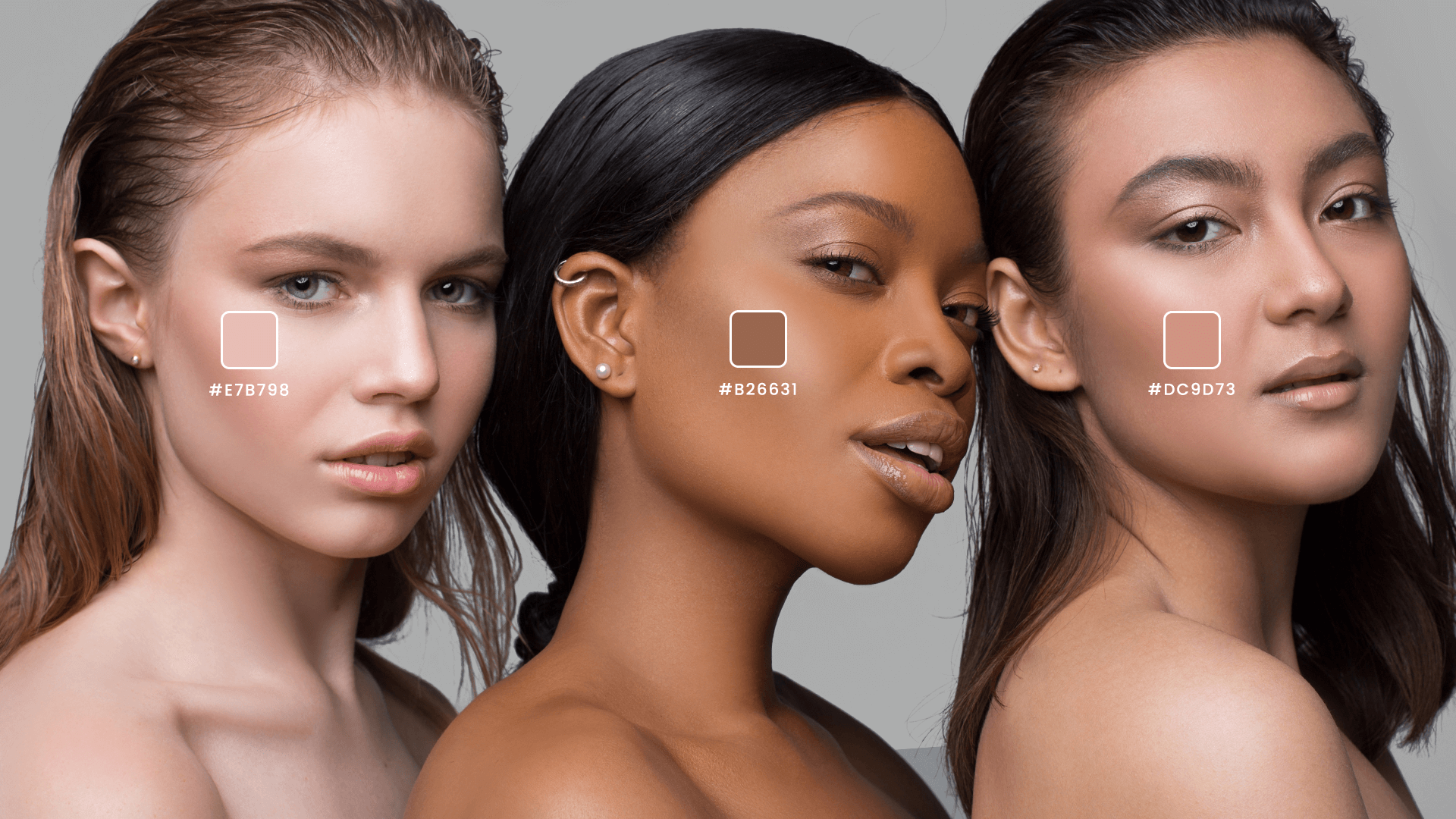What Foundation Shade Am I? Your Guide to Finding the Perfect Match!
Have you ever applied your foundation only to realize your face looks too orange, too pale, or just…off? You’re not alone. Finding the right foundation shade is one of the most common struggles when doing your makeup. But once you discover your perfect match, it can completely transform how your makeup looks—and how confident you feel.
So, if you’ve been wondering, “What foundation shade am I?”—you’re in the right place. Let’s walk through how to identify your ideal shade, so your foundation enhances your natural beauty and gives you that flawless, second-skin finish.
Step 1: Understand Your Undertone
The first step to choosing your right foundation shade is identifying your undertone—the subtle hue that's beneath the surface of your skin. Most people fall into one of these three categories:
Warm Undertones: Your skin has hints of yellow, golden, or peach. Gold jewelry looks best on you, and your veins appear more greenish.
Cool Undertones: Your skin leans pink, red, or bluish. Silver jewelry tends to complement you, and your veins look blue or purple
Neutral Undertones: You’re a mix of both, with balanced tones. Both gold and silver jewelry look great on you.
Knowing your undertone helps narrow down foundation shades that will blend seamlessly with your skin rather than sit on top of it.
Step 2: Know Your Skin Tone
Your skin tone refers to the depth of your complexion—light, medium, tan, deep, etc. While your undertone stays consistent, your skin tone can shift slightly with the seasons (especially if you tan easily).
It helps to swatch a few shades that are close to your tone and see which blends in best. Always test foundation on your jawline or lower cheek, not your hand or wrist, which can be a different shade entirely.
Step 3: Try the Natural Light Test
Lighting is everything when it comes to getting your makeup right. Always check your foundation match in natural daylight. What looks perfect under store lighting might look completely different outside.
Apply a few swatches from lightest to darkest in the same undertone category. The shade that disappears into your skin without looking ashy or orange is your winner.
Step 4: Consider Your Coverage & Finish Preferences
Once you find your shade, consider the type of foundation that suits your skin and lifestyle. Are you looking for light coverage for daily wear or full coverage? Do you prefer a dewy glow or a matte, oil-controlling finish?
The right formula can make just as much of a difference as the right shade. If you have oily skin, opt for a matte foundation. If you have dry skin, look for a hydrating or luminous finish. Combination skin? Try a balanced formula that controls shine without drying you out.
Step 5: Reevaluate as Seasons Change
Your foundation shade may not be a one-size-fits-all year-round. Many people use a lighter shade in winter and a darker shade in summer. Having two shades on hand—or mixing them together—lets you customize your color as needed.
Still Not Sure? Here's What to Do
If you’re stuck between two shades or just feel overwhelmed, don’t stress it. Many brands offer shade finders, you can also virtually try them on, or use sample kits. You can also reach out to your favorite beauty shop (like ours!) to get help choosing the right shade.
Foundation should enhance—not mask—your natural beauty. When the shade is right, it's like a second skin, it helps evening out your complexion, and lets the rest of your makeup shine.




